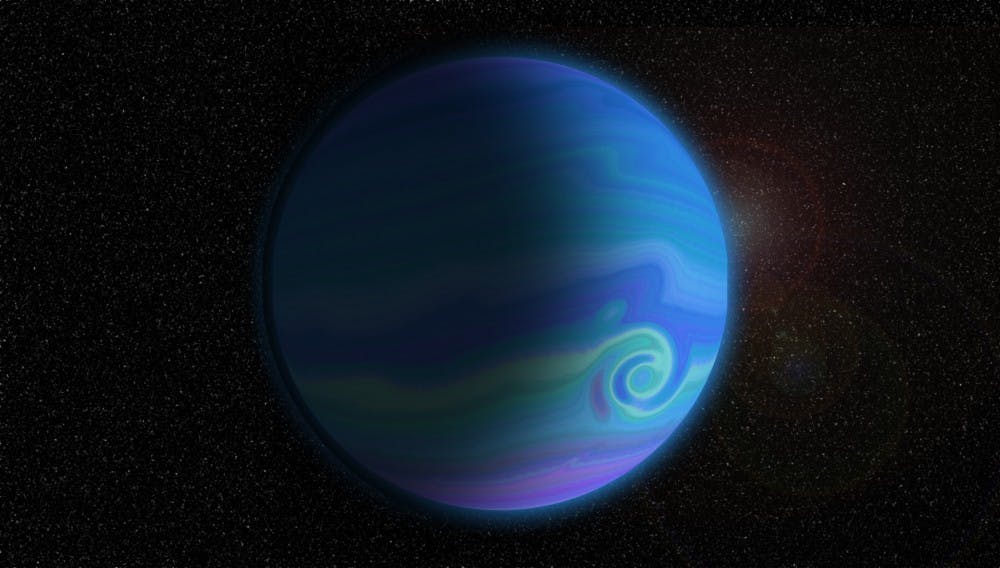For years, astronomers have been exploring the question of whether life exists on planets other than Earth. Advances in technology have allowed for more extensive research into exoplanets, or planets outside our solar system. Water worlds (also known as deep ocean planets) are a specific type of exoplanet that are completely covered by ocean, which can be hundreds of miles deep.
Until recently, scientists believed that water worlds were unable to support life. On Earth, the absorption of carbon by surface rocks and the release of carbon by volcanoes allows for just the right concentration of atmospheric CO2 to maintain a habitable climate. Without this geochemical cycling, CO2 would accumulate in the atmosphere. Due to the greenhouse effect, this would result in temperatures too high for organisms to survive.
On water worlds, the lack of CO2-releasing volcanoes means that an Earth-like geochemical cycle is impossible, which led scientists to believe that deep ocean planets were uninhabitable. However, a recent study by University of Chicago Assistant Professor of Geophysical Sciences Edwin Kite indicates that certain water world planets may be able to maintain a stable climate long enough for life to evolve.
Kite ran a simulation on thousands of randomly generated planets and found that around 10 percent of water worlds may have just the right conditions to sustain habitable climates for over one billion years, during which life could potentially evolve.
On water world planets, the high pressure exerted on the seafloor by the ocean greatly slows carbon cycling between the ocean and the interior of the planet. In this case, the initial partial pressure of atmospheric CO2 remains stable throughout the first billion years of the planet’s lifetime, and thus geochemical cycling of carbon is not necessary to maintain a habitable climate.
Although the simulations were run on planets orbiting sun-like stars, they have positive implications for water worlds orbiting red dwarf stars, which have much smaller masses than the sun. Red dwarfs are more plentiful and become brighter more slowly than sun-like stars, so planets orbiting red dwarfs are good candidates for habitability.
According to the National Aeronautics and Space Association (NASA), scientists have confirmed the existence of over 3,700 exoplanets. Space telescopes can find exoplanets by measuring wavelength changes in light emitted by a star. If a planet is orbiting that star, its gravitational pull will cause squeezing and stretching of the star’s wavelength. As technology continues to develop, astronomers may be able to discover exoplanets through direct imaging, which would allow them to capture physical images of these planets.
A variety of factors determine whether or not a planet is habitable. Senior Physics major Theo Cooper explained that water worlds meet several of these factors, such as being located in a range that can have liquid water.
“A deep ocean planet obviously has that covered,” Cooper wrote in an email to The News-Letter. “An ocean planet also bypasses another important test: how active its star is. If a planet is close to a wildly fluctuating star, any life on it might be subject to intense radiation and be unable to evolve. However, life living in a deep ocean might have enough water cover overhead to avoid the harmful effects of radiation.”
Cooper also noted that any habitable planet requires a magnetic field, since otherwise the stream of charged particles from a star can strip away the liquids and atmosphere on a planet’s surface.
Although scientists have yet to discover signs of life on any non-Earth planet, the possibility of finding extraterrestrial life increases as technology advances and scientists continue to locate new potentially habitable planets. The discovery that water worlds may be able to sustain habitable climates provides new information about what life might look like on planets that are very different from Earth.





